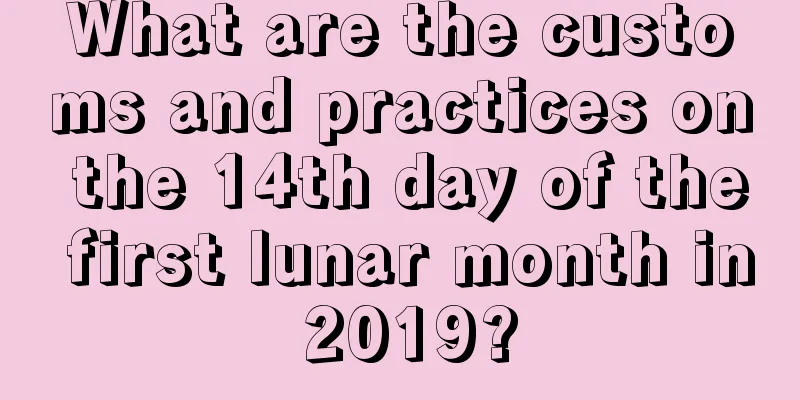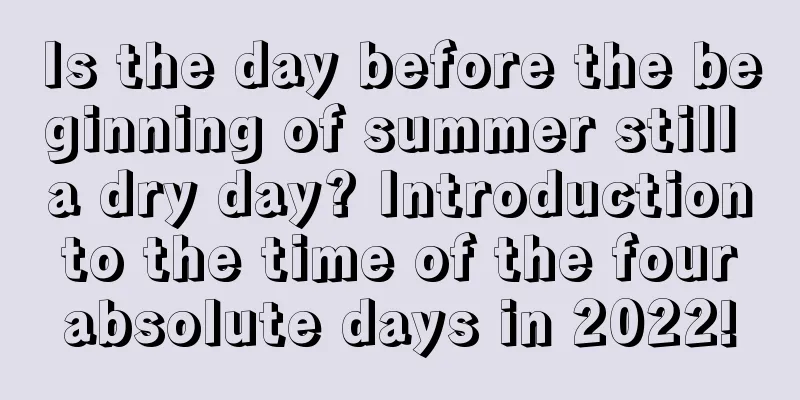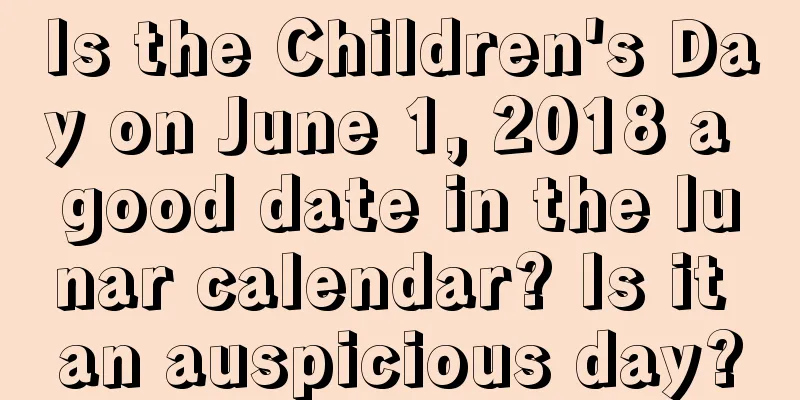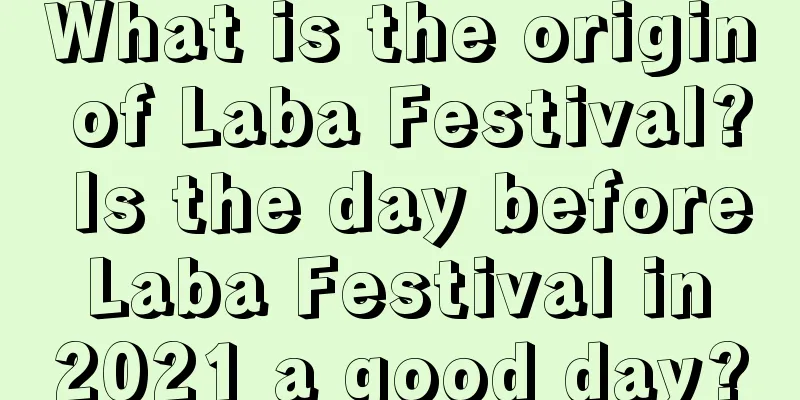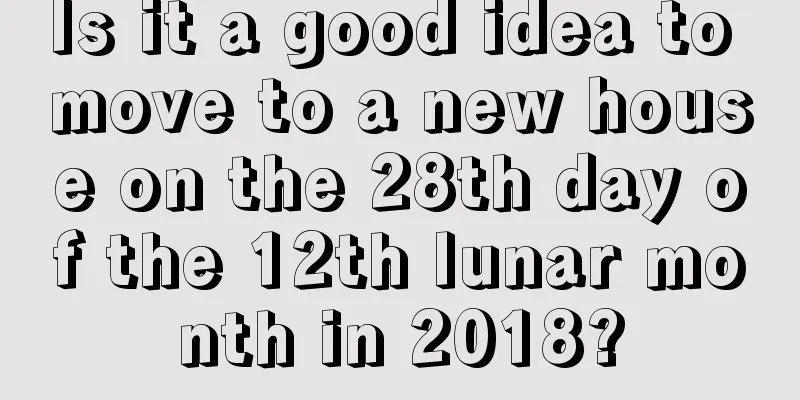What are the historical origins and meanings of the Spring Equinox customary memorial ceremony?
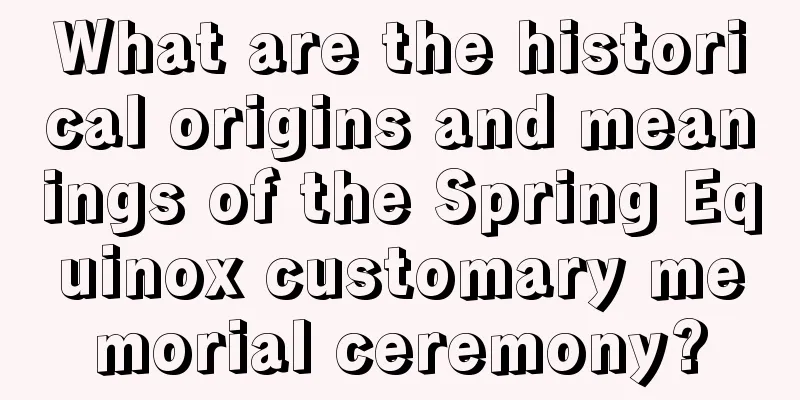
Introduction: Our country is a typical traditional country, so it has a profound historical and cultural heritage and rich folk cultural festivals. The Spring Equinox is not only one of the 24 solar terms, but also a traditional folk cultural festival, and it has a deep history in our country. So what is the meaning of the ancient custom of celebrating the Spring Equinox? Let’s follow the editor to find out. February is such a beautiful month, when everything comes back to life and welcomes spring. Let us have a deeper understanding of every detail of the second month of the lunar calendar.When is the Spring Equinox?The Spring Equinox is the midpoint of the ninety days of spring. One of the 24 solar terms, it falls on March 20 of the Gregorian calendar every year when the sun is at 0° of ecliptic longitude (the vernal equinox). On the day of the vernal equinox, the sun shines directly on the earth's equator. The seasons in the northern and southern hemispheres are opposite. In the northern hemisphere, it is the vernal equinox, and in the southern hemisphere, it is the autumnal equinox. The Spring Equinox is the New Year in Iran, Türkiye, Afghanistan, Uzbekistan and other countries, and has a history of 3,000 years."Collected Explanations of the Seventy-two Seasons of the Lunar Calendar" states: "In the middle of February, the word fen means half, which corresponds to the middle of a ninety-day period, so it is called fen. Autumn has the same meaning." "Spring and Autumn Fanlu: Yin Yang Out and In, Parts 1 and 2" states: "The spring equinox is when yin and yang are half and half, so the day and night are equal and the cold and heat are balanced." The Spring Equinox is also a festival and sacrificial celebration. Ancient emperors had the ritual of worshiping the sun in spring and the moon in autumn. The Emperor of Zhou Dynasty offered sacrifices to the Sun at the Sun Altar. "Book of Rites": "Sacrifice the sun on the altar." Kong Yingda's commentary: "It refers to the vernal equinox." Pan Rongbi of the Qing Dynasty wrote in The Chronicles of the Capital: “Sacrifices to the sun on the Spring Equinox and to the moon on the Autumn Equinox are grand national ceremonies, and scholars and common people are not allowed to offer sacrifices on their own. In folk activities, it is generally regarded as the official start of outing. The activities include: (a) Kite flying. Women and children fly kites. And write blessings on the kite hoping that the gods in heaven will see them. (2) Wearing flowers in one’s hair and drinking wine: men, women, young and old all wear flowers in their hair. (3) Picking wild vegetables in the wild: Zhu Shuzhen's "Ten Poems on Spring Days": I have no mood to write or play the piano, and I am not in the mood to go outing and pick vegetables. In terms of food, there are spring vegetables, spring soup, spring wine and so on. What are the historical origins of the Spring Equinox customary sacrificial ceremony?In the Zhou Dynasty, there were festival ceremonies on the Spring Equinox. "Book of Rites": "Sacrifice the sun on the altar." Kong Yingda's commentary: "It refers to the vernal equinox."The Temple of the Sun is located on the east side of Ritan Road, southeast of Chaoyangmen outside Beijing. It is also called the Temple of the Sun. It was the place where the emperors of the Ming and Qing dynasties worshipped the Great Ming God (the Sun) on the day of the Spring Equinox. The morning sun was set at the hour of Mao on the Spring Equinox. In the years of Jia, Bing, Wu, Geng and Ren, the emperor would personally offer sacrifices, while in other years, officials would offer sacrifices on his behalf. The places for memorial services for ancient emperors were mostly located in the suburbs of Beijing. The Sun Temple in Beijing was built during the Yuan Dynasty. The current Sun Temple in Beijing was built in the ninth year of the Jiajing reign of the Ming Dynasty (1530 AD). It is surrounded by a square outer wall. Before each sacrifice, the emperor would come to the Jufu Hall inside the North Altar Gate to rest, then change clothes and go to the Chaori Altar to perform the sacrifice ceremony. The Chaori Altar is located in the southern part of the entire building, facing east and west. This is because the sun rises from the east and people have to stand in the west and salute to the east. The altar is circular, with one level platform and a diameter of 33.3 meters. It is surrounded by a low wall and has a Lingxing Gate in the east, south and north. The main gate is on the west side, with three Lingxing gates to distinguish them. In the middle of the wall, there is a square platform built with white stones, called the altar of worship. It is 1.89 meters high and 64 meters in circumference. When it was built in the Ming Dynasty, the altar was built with red glazed bricks to symbolize the Ming god, the Sun. This was originally a very romantic arrangement, but in the Qing Dynasty it was paved with square bricks, which made the Sun Altar less attractive. Although the memorial day is not as grand as the ceremonies of offering sacrifices to heaven and earth, the ceremony is also quite grand. When the emperors of the Ming Dynasty offered sacrifices to the dead, they would use jade and silk as offerings, make three offerings, play seven pieces of music, perform eight dances, and perform the ceremony of three kneelings and nine bows. The Qing Dynasty emperors' memorial day rituals included nine items: welcoming the gods, laying down jade and silk, the first offering, the second offering, the final offering, responding to the sacrificial offering, preparing food and drinks, sending off the gods, and sending off the flames. It was also very grand. Today, the Sun Temple has bid farewell to the era of worshiping gods and has become a park for people to relax and have fun. Summary: Through the above article, we know the meaning of the ancient customs of the Spring Equinox Festival. I hope that the above content can broaden your horizons and that you like the above article. I wish you all can create wonderful sparks with spring! |
Recommend
Is it possible to get married on the 12th day of the sixth lunar month in 2019?
Marriage refers to the voluntary union of men and...
Is it auspicious to open a business on May 19th of the lunar calendar in 2018?
The fifth month of the lunar calendar is also kno...
Will primary school students have a holiday on Women’s Day 2021? What impact does Women's Day have on China?
For primary school students, they are also very co...
Analysis of the correct placement and Feng Shui effect of Bagua mirror
Introduction: Many people know that the Bagua mir...
Is it a good fate for a dragon baby born on Mid-Autumn Festival? What are your personality traits?
Introduction: Every baby’s journey of destiny begi...
Is it a good idea to move into a new home on the 17th day of the first lunar month in 2017?
Introduction: In our country, since ancient times,...
Can I get married on July 21st of the lunar calendar in 2017? Can I get engaged and register for a marriage certificate?
1. What day is July 21st in the lunar calendar of...
What festival is on the 26th day of the twelfth lunar month in 2019? How is life?
What festival is on the 26th day of the twelfth lu...
Is it a good day to get married on September 7, 2020? What are the auspicious days for getting married in September 2020?
Introduction: Marriage is one of the important mat...
Is it a good time to open a business on Chinese Valentine's Day in 2018?
Opening a business is indeed a rather complicated ...
Is it suitable to go to the store to pick up the car on October 24th of the lunar calendar in 2021? Is the fortune for today good?
The tenth month of the lunar calendar is about to ...
Is August 21st of the lunar calendar in 2019 a suitable day for funerals and burials?
Introduction: Funeral and burial of the deceased a...
Is the fifth day of May in 2021 an auspicious day for the Dragon Boat Festival? Is it suitable for opening a business?
The feet are steaming with the hot earth air, and ...
How to choose a good Feng Shui location for a factory? What should we pay attention to when building a factory?
Introduction: In today's era, more and more p...
Can I open my business on December 26th, 2021? Is it an auspicious day?
It’s the coldest time of winter and the New Year i...
